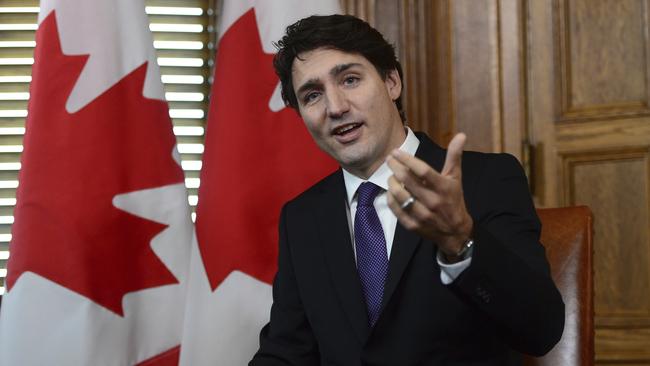Market report: Wool
THE wool price forecast has risen further for 2017-18.

THE wool price forecast has risen further for 2017-18.
Australian Bureau of Agricultural and Resource Economics and Sciences’ latest quarterly update predicts the Eastern Market Indicator will average 1550c/kg — a rise of 10 per cent.
“This is … reflecting stronger than expected growth in global demand for woollen textiles and apparel relative to growth in global fine wool supplies,” the update says.
This price hike will push the value of wool exports up 13 per cent, according to ABARES, with the 2017-18 value likely to reach $4.1 billion.
Wool export volumes will also increase, with overall levels rising 3 per cent to 422,000 tonnes. China will take 346,000 tonnes of this, also a rise of 3 per cent in its import levels.
Australian Wool Innovation’s Scott Carmody was at the China International Wool Trade and Information Conference, known as the Nanjing Wool Market, in September.
He describes the Chinese wool processing industry, which takes 75 per cent of Australia’s wool, as “buoyant”, despite high prices.
“There is a perception that these wool prices are high — our wool growers say they are the right price, China says they are high prices,” he says.
“We are explaining to them that there is no major shift back to a Merino sheep, there are other enterprises that people are growing, prices are good in sheepmeat and lambs and other enterprises, so we have to do more to encourage people into the wool-growing area.”
Carmody says wool growers will not accept another significant drop in prices, and they need to average $1800 to $2000 a bale.
“Obviously anyone who buys further down the chain wants it cheaper … but this time the negativity was minor so they are obviously able to pass this price through to consumers and the consumer is absorbing these high prices,” he said.
“The general economy is better, and that is always going to help for luxury markets such as wool”.
He says, given current production levels, there is no hint of prices being forced lower, with currency adjustments and wool quality the main price influencers at the moment.
“Another thing is access to finance. With this price being even 20 per cent better than last year, not only are we having to come up with that extra $20-$30 million a month as an industry to fund the clip, we also have to find $2-$3 million to pay the government GST,” Carmody says.
Shorn wool production will also grow in 2017-18, according to ABARES, which forecasts a 4 per cent increase to 353,000 tonnes.
“Less favourable pasture conditions are expected to put downward pressure on wool yields. However, this will be partly offset by an expected increase in the number of wethers and the maturation of recent additions to the national flock,” ABARES reports.
The number of sheep shorn is forecast to increase to 78 million.
After a 3.4 per cent increase in average wool cut in 2016-17, the Australian Wool Production Forecast Committee predicts wool cut in 2017-18 to drop 1.2 per cent.
“The easing in average wool cut per head is likely to be almost entirely offset by a 1 per cent increase in the number of sheep shorn during the 2017-18 season,” it says.
National Council of Wool Selling Brokers of Australia executive officer Chris Wilcox, who was also in Nanjing, reports exports of woven wool garments are having an “extraordinary surge” this year. Exports have jumped 160 per cent year to date, with a 628 per cent increase in exports to the countries of Africa, Wilcox says.
“Some concern was expressed about the high price levels for Merino wool, but the comments and reaction were realistic,” he says.
“There was a focus on improving efficiency in the processing of Merino wool and-or improving the quality of the semi-processed and finished product — higher labour and environmental costs are also forcing a focus on productivity.
“This is unlike the reaction we saw from the Chinese at the conference a few years ago when prices were high.”


